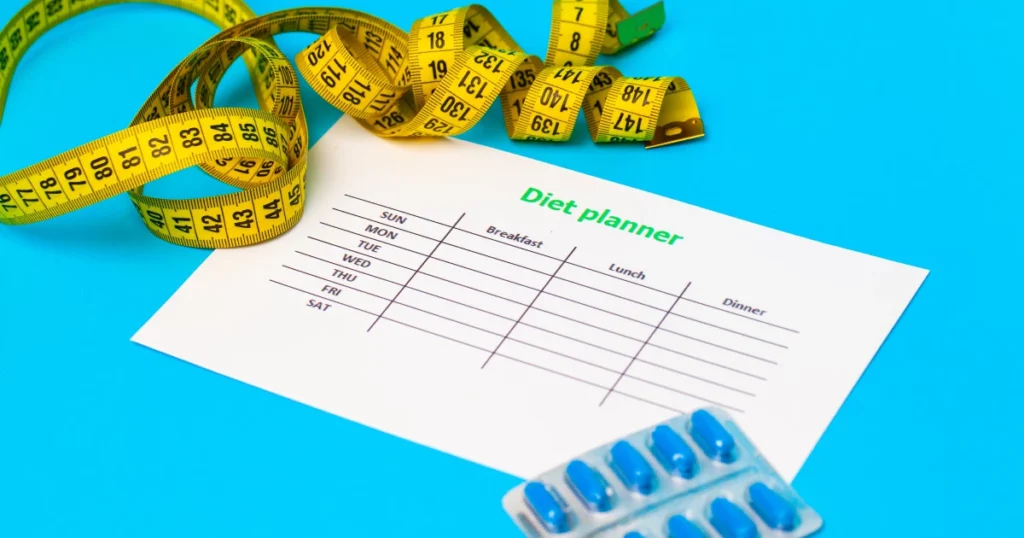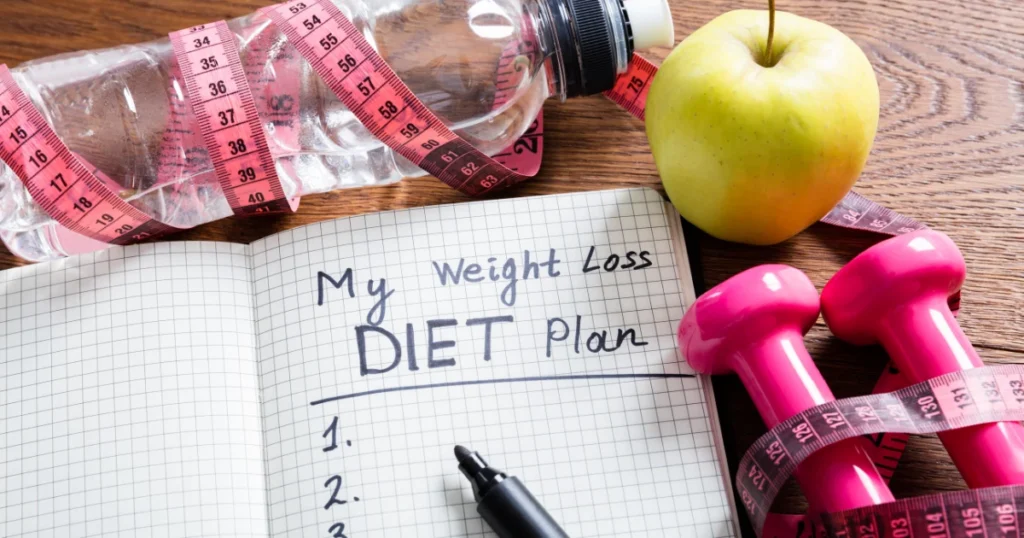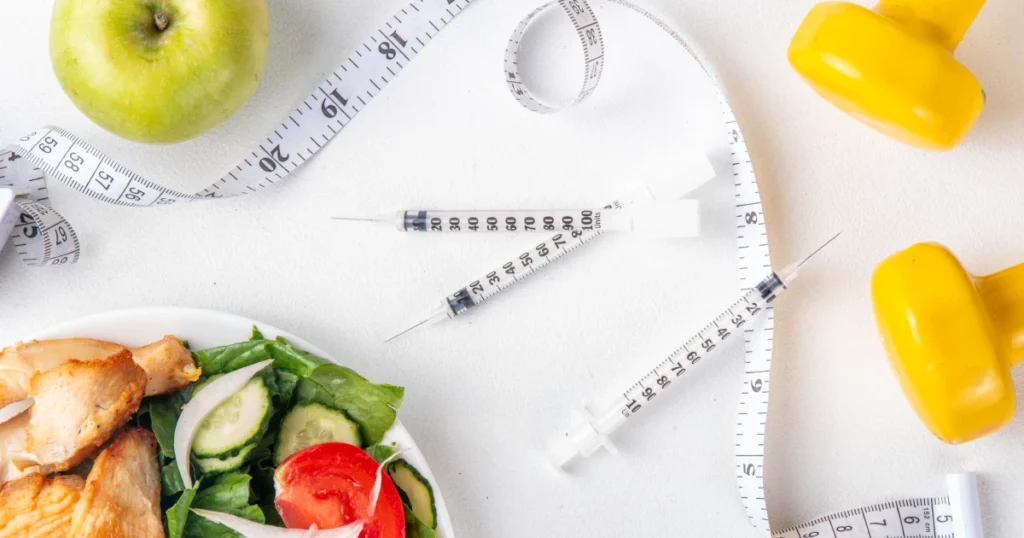Weight loss can feel like an uphill battle, but having the right tools makes all the difference. One of the most powerful yet underutilized tools is the weight loss log. In this comprehensive guide, we’ll explore how keeping detailed records of your weight loss journey can dramatically improve your chances of success and help you maintain lasting results.
Understanding the Power of Weight Loss Logging

The age-old saying “what gets measured gets managed” rings especially true when it comes to weight loss. A weight loss log serves as your personal accountability partner, providing concrete data about your progress and helping you identify patterns that either support or hinder your goals. Research published in the Journal of Obesity has shown that individuals who maintain consistent weight loss logs are twice as likely to achieve their target weight compared to those who don’t track their progress.
Why Weight Loss Logs Work
The effectiveness of weight loss logging stems from several psychological and practical factors. When you maintain a detailed weight loss log, you create a feedback loop that helps you understand the direct relationship between your actions and results. This awareness makes it easier to adjust your approach and stay motivated throughout your journey.
Key Benefits of Maintaining a Weight Loss Log

Essential Components of an Effective Weight Loss Log
Daily Weight Measurements
Start your log by recording your weight at the same time each day, preferably in the morning after using the bathroom and before eating or drinking. While daily fluctuations are normal, this consistent tracking helps you understand your body’s patterns and overall trending direction.
Food and Beverage Intake
Record everything you consume, including:
| Meal Time | Details to Track |
|---|---|
| Breakfast | Food items, portion sizes, calories |
| Lunch | Nutritional content, timing |
| Dinner | Hunger levels before and after |
| Snacks | Context of eating, emotional state |
Physical Activity Records
Document your exercise routines, including:
| Activity Type | Tracking Elements |
|---|---|
| Cardio | Duration, intensity, calories burned |
| Strength Training | Sets, reps, weights used |
| Daily Movement | Steps, active minutes |
| Recovery | Rest periods, sleep quality |
Digital vs. Paper Weight Loss Logs
In today’s digital age, you have multiple options for maintaining your weight loss log. Each method has its advantages, and the best choice depends on your personal preferences and lifestyle.
Digital Weight Loss Logging
Digital platforms offer convenience and additional features like automatic calorie calculations and progress visualizations. Many apps can sync with smart scales and fitness devices, providing a comprehensive overview of your health metrics in one place.
Traditional Paper Logging
Some people prefer the tactile experience and increased mindfulness that comes with manually writing down their progress. Paper logs can be especially beneficial for those who want to minimize screen time or prefer the simplicity of a notebook-based system.
Making Your Weight Loss Log Work for You

Consistency is Key
The most effective weight loss log is one that you’ll actually use consistently. Start by establishing a regular logging routine that fits naturally into your daily schedule. Whether you prefer logging after each meal or setting aside time in the evening for reflection, consistency helps build lasting habits.
Beyond the Numbers
While tracking weight and calories is important, your weight loss log should also include qualitative information that provides context for your journey:
Body Measurements Track measurements of your:
| Body Area | Frequency |
|---|---|
| Waist | Weekly |
| Hips | Weekly |
| Chest | Monthly |
| Arms | Monthly |
| Thighs | Monthly |
Setting Realistic Milestones
Use your weight loss log to set and track achievable goals. Break down your ultimate weight loss target into smaller, manageable milestones. This approach helps maintain motivation and provides regular opportunities to celebrate progress.
Common Weight Loss Logging Mistakes to Avoid
Inconsistent Recording
Sporadic logging can lead to incomplete data and missed insights. Commit to regular updates, even on challenging days when you may not want to record your choices.
Focusing Solely on the Scale
While weight is important, it shouldn’t be the only metric in your log. Include other indicators of progress like energy levels, clothing fit, and fitness achievements.
Advanced Weight Loss Logging Strategies
Pattern Recognition
Review your weight loss log regularly to identify patterns:
| Time Period | Analysis Focus |
|---|---|
| Weekly | Short-term trends |
| Monthly | Progress patterns |
| Quarterly | Seasonal influences |
| Annually | Long-term success |
Emotional and Environmental Factors
Include notes about:
- Stress levels
- Sleep quality
- Social situations
- Environmental challenges
Using Your Weight Loss Log for Long-term Success
Regular Review and Adjustment
Schedule weekly reviews of your weight loss log to assess your progress and make necessary adjustments to your strategy. This regular evaluation helps you stay accountable and maintain momentum toward your goals.
Celebrating Non-Scale Victories
Document improvements in:
- Energy levels
- Clothing fit
- Physical abilities
- Mental clarity
Technology Integration for Enhanced Weight Loss Logging
Smart Device Integration
Modern weight loss logging can benefit from technology:
| Device Type | Benefits |
|---|---|
| Smart Scales | Automatic weight tracking |
| Fitness Trackers | Activity monitoring |
| Food Apps | Nutritional analysis |
| Sleep Monitors | Recovery tracking |
Data Analysis and Visualization
Use digital tools to create visual representations of your progress, making it easier to spot trends and maintain motivation.
Making Weight Loss Logging a Sustainable Habit
Creating a Supportive Environment
Share your logging journey with:
- Healthcare providers
- Fitness professionals
- Support groups
- Accountability partners
Adapting Your Log Over Time
As your needs change, adjust your weight loss log to remain relevant and helpful:
| Phase | Focus Areas |
|---|---|
| Initial | Basic tracking |
| Progressive | Detailed analysis |
| Maintenance | Stability monitoring |
Professional Guidance and Weight Loss Logging
Working with Healthcare Providers
Share your weight loss log with medical professionals to:
- Receive expert feedback
- Identify potential health concerns
- Adjust strategies as needed
- Track medical improvements
Integrating with Other Health Records
Maintain comprehensive health documentation by:
- Coordinating with medical records
- Tracking medications
- Monitoring chronic conditions
- Recording vital statistics
Your Weight Loss Log as a Tool for Transformation
A well-maintained weight loss log is more than just a record of numbers—it’s a powerful tool for transformation. By consistently tracking your progress, understanding your patterns, and making data-driven decisions, you create a foundation for lasting success in your weight loss journey.
Remember that your weight loss log is a personal tool that should evolve with your needs. Start simple, be consistent, and gradually add more detail as you become comfortable with the process. With time and dedication, your weight loss log will become an invaluable resource in achieving and maintaining your health and fitness goals.
Whether you choose digital or paper logging, the key is to maintain consistent records that provide actionable insights. Your weight loss log is not just about tracking numbers—it’s about creating a deeper understanding of your body and building habits that support long-term success in your weight loss journey.